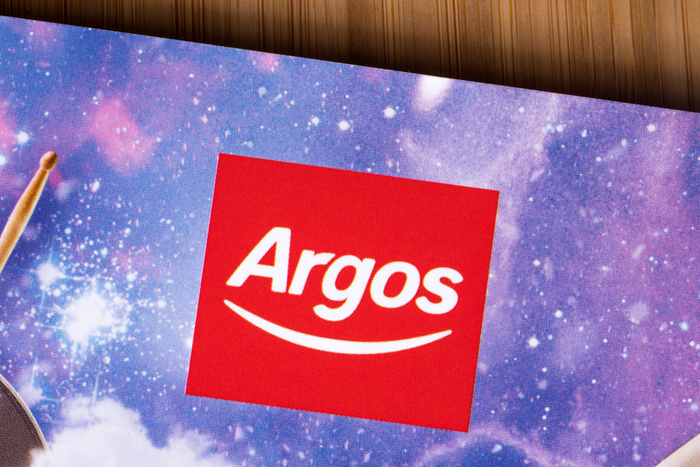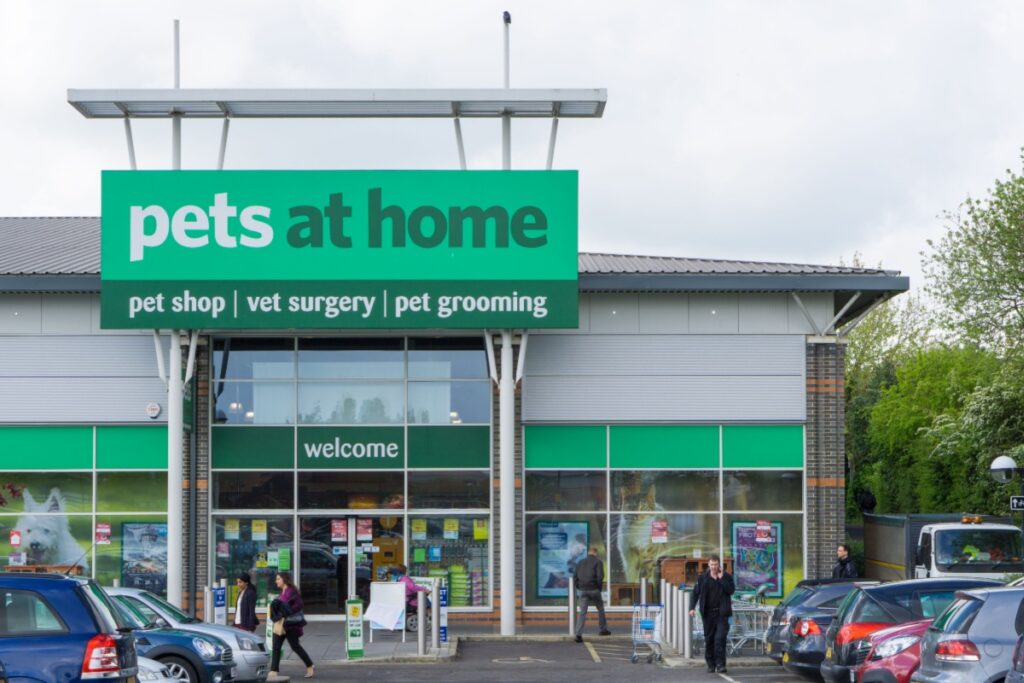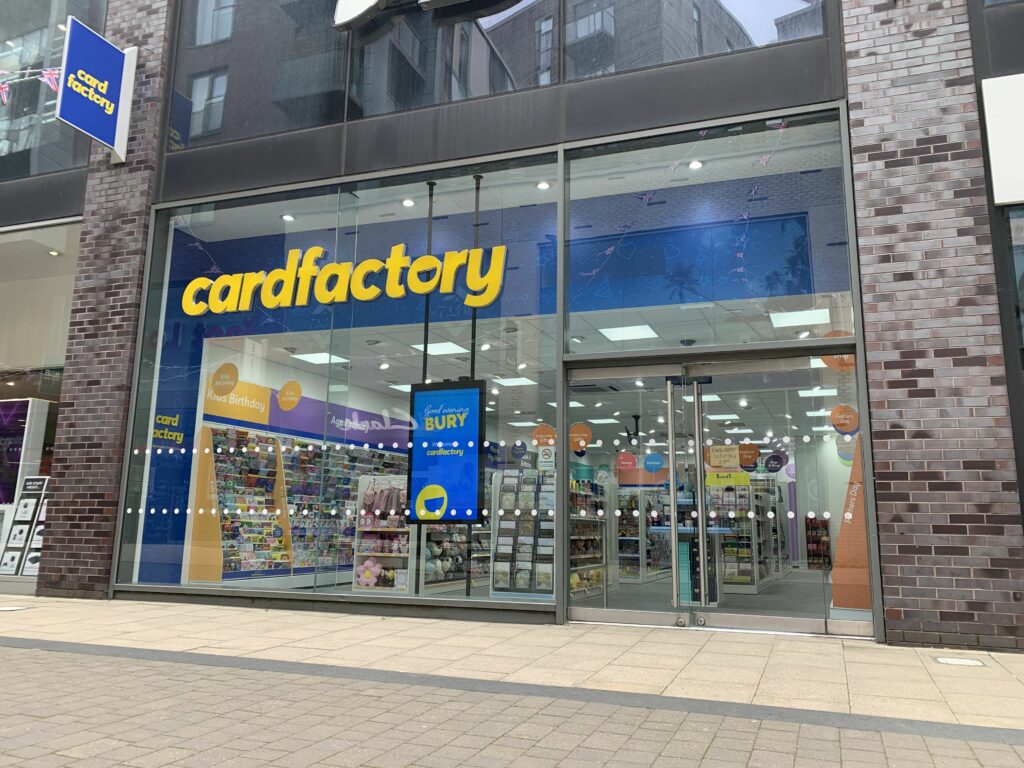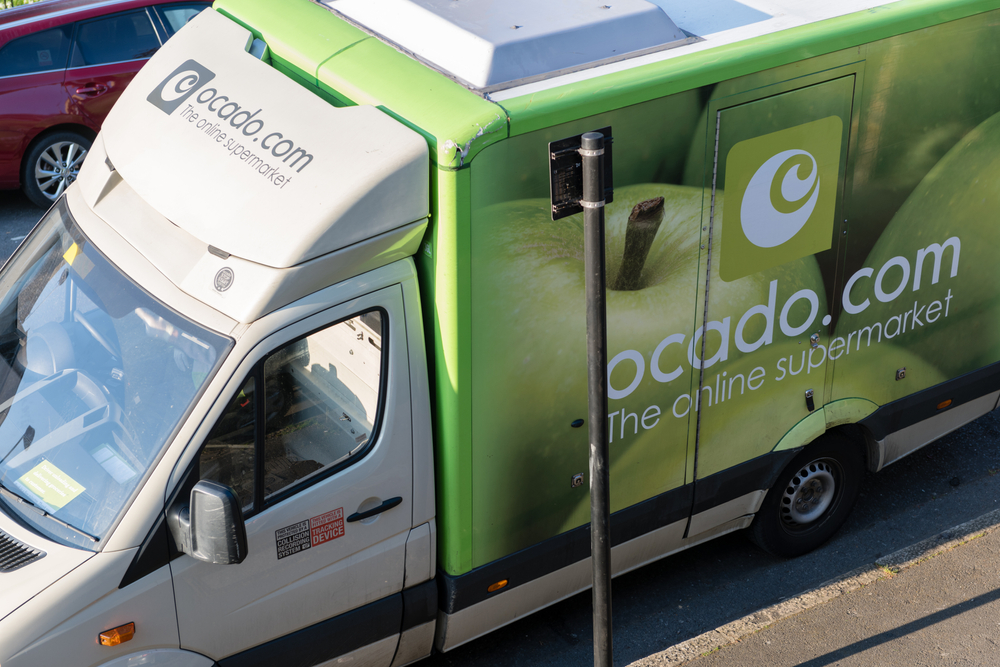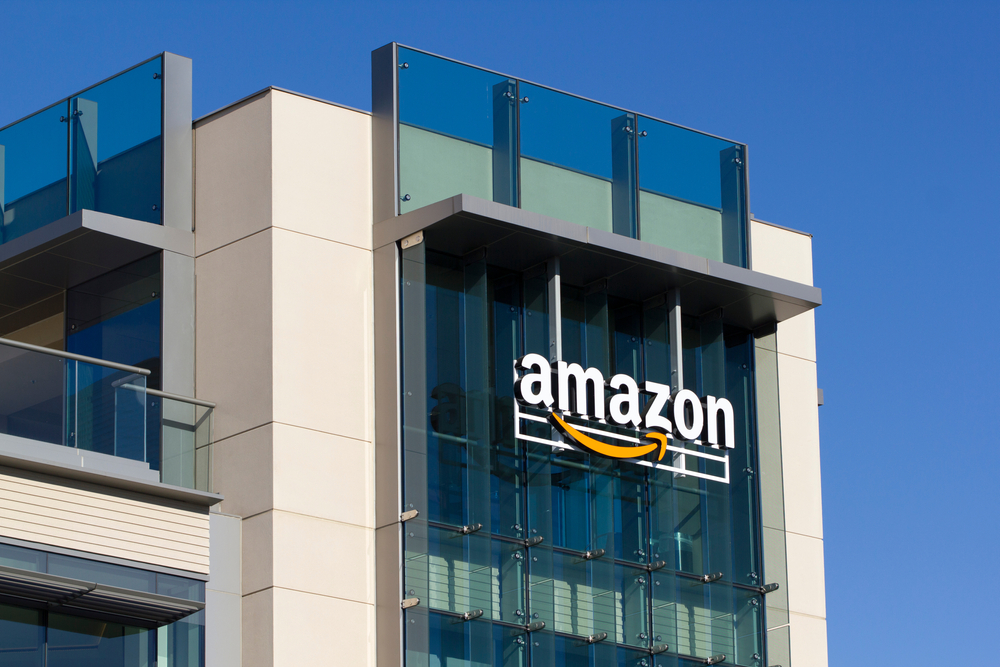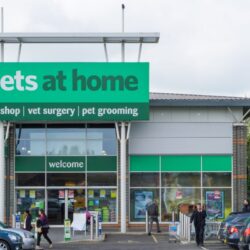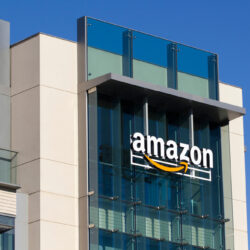Argos is a business that evokes memories for many shoppers.
Be it the catalogue in which they circled the Polly Pocket treehouse or Nintendo Gameboy that they wanted Santa to bring; or the Elizabeth Duke necklace their first boyfriend bought; or indeed the store where they bought the toaster or pans for their first home.
“It does have a strong emotional connection with the UK population,” admits Argos trading director Matt Leeser. “Customers love the brand and have loved the iterations of the brand over the years.”

Tomorrow marks the 50th anniversary of the business, which opened its first store in London’s Old Street on 21st July 1973.
Richard Tompkins, the founder of The Green Shield Stamp Trading Company, was the mastermind of the concept and decided to open the store after he was inspired by the new phenomenon for catalogue shopping that had taken off in the US.
Meaning ‘swift’ in Greek, Argos was born. Its stores combined the convenience of browsing products at home with the face-to-face contact of a local shop.
The concept took off and the retailer grew to be a stalwart of the high street that had more than 800 stores at its peak.
Although some may look at the business – once famed for its little blue pens and what comedian Bill Bailey termed the ‘laminated book of dreams’ – with a heavy dose of nostalgia, the retailer was – and still is – a pioneer that has changed how we all shop.
“You can’t look at the UK retail landscape and not admire what Argos has done since 1973 until today,” says Leeser.
“It was a precursor to how we shop digitally today. When Argos opened, home shopping meant taking its famous catalogue home to peruse at your leisure and decide what you wanted to buy before going to the store to order and collect.
“Nowadays that perusing, and buying, is largely done online and Argos played a role in making that a reality.”
In fact, Argos was one of the first UK retailers to go online, launching its first website back in the 1990s. It is now the third largest retail site in the country with more than 1.6 billion visits last year.
Digital now accounts for the bulk of sales with 73% of revenue originating online.

Surviving in the age of Amazon
Rewind a decade and there were many that would have doubted that Argos would have survived to see its 50th birthday.
Retail watchers questioned what role Argos would have in the age of Amazon, when shoppers could choose from the online giant’s seemingly limitless range and have it delivered to their home the next day.
However, leaning into its ‘swift’ name, Argos built an industry-leading fast fulfilment infrastructure, which is so speedy that it beats even Amazon on the convenience stakes.
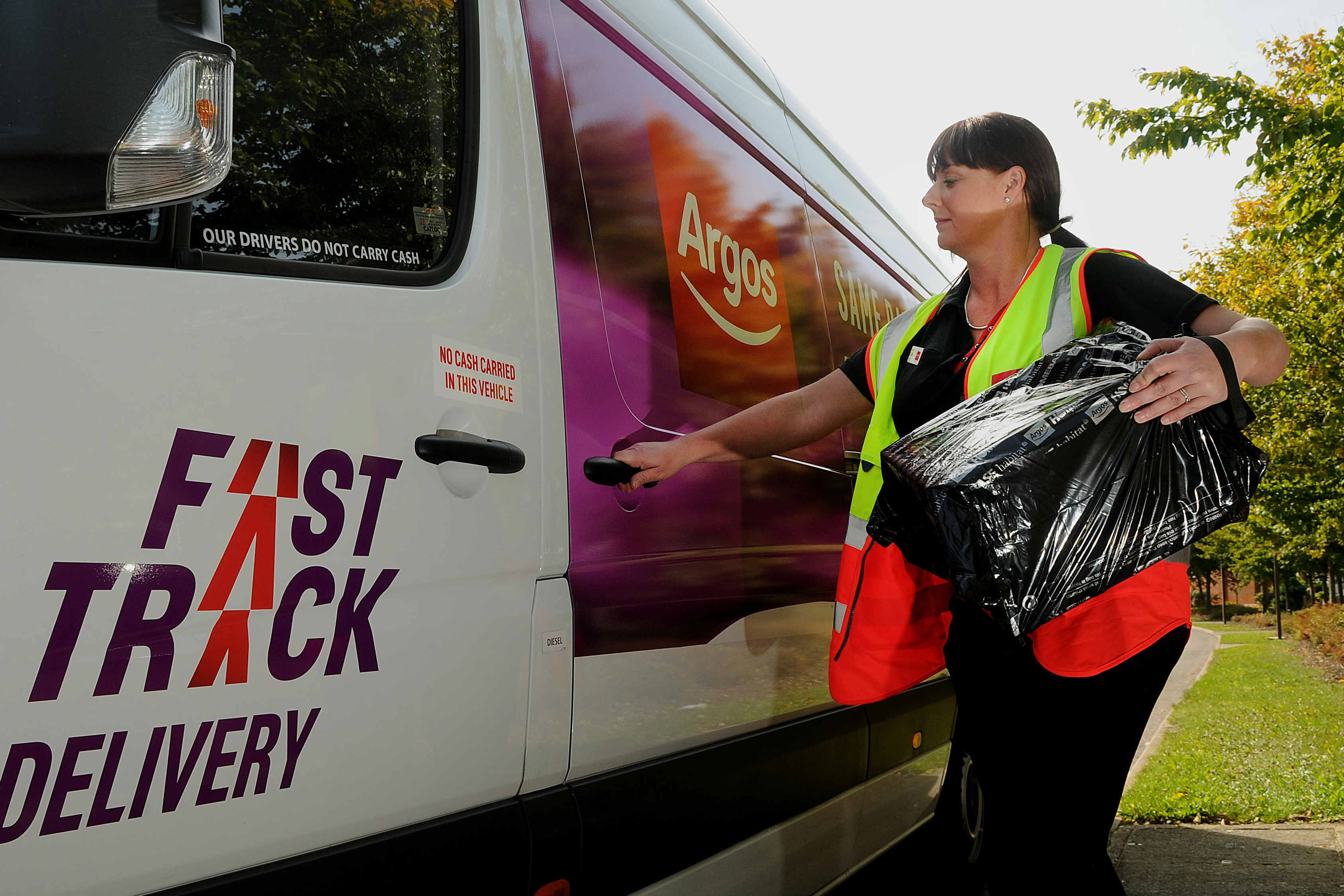
Shoppers can order before 5pm on Argos’ website and receive their items the same day, or collect in its many store collection points, proving the strength of the multichannel model.
“It’s quite powerful,” says Leeser. “That fulfilment proposition, with 90% of the UK having access to same-day home delivery – no other retailer offers that. Customers love us for it.”
In fact, Argos actually created the click-and-collect model. Back in 2000, Andy Morrey, who was Argos’ head of ecommerce at the time, launched the concept to serve the many shoppers he had identified that preferred to browse online but go to store to inspect and collect it.
Now, it accounts for almost half (46%) of Argos’ online sales and is a concept that is a huge sales channel for many UK retailers.
Merging Argos and Sainsbury’s
Argos’ collection points have certainly expanded since its 2016 acquisition by supermarket giant Sainsbury’s.
The strength of Argos’ digital prowess and delivery capabilities undoubtedly played a big role in the grocer’s decision to shell out £1.4bn on the chain.
Sainsbury’s believed it could boost sales growth, improve delivery, and cross-sell items across both customer bases. The belief proved true and the pair have proved complementary bedfellows.
“Customers really love the convenience of [shopping Argos] whilst doing a weekly shop,” says Leeser. “Sainsbury’s has 35 million customers every week. To have Argos access whilst they’re doing that weekly shop is really powerful and useful for them.”
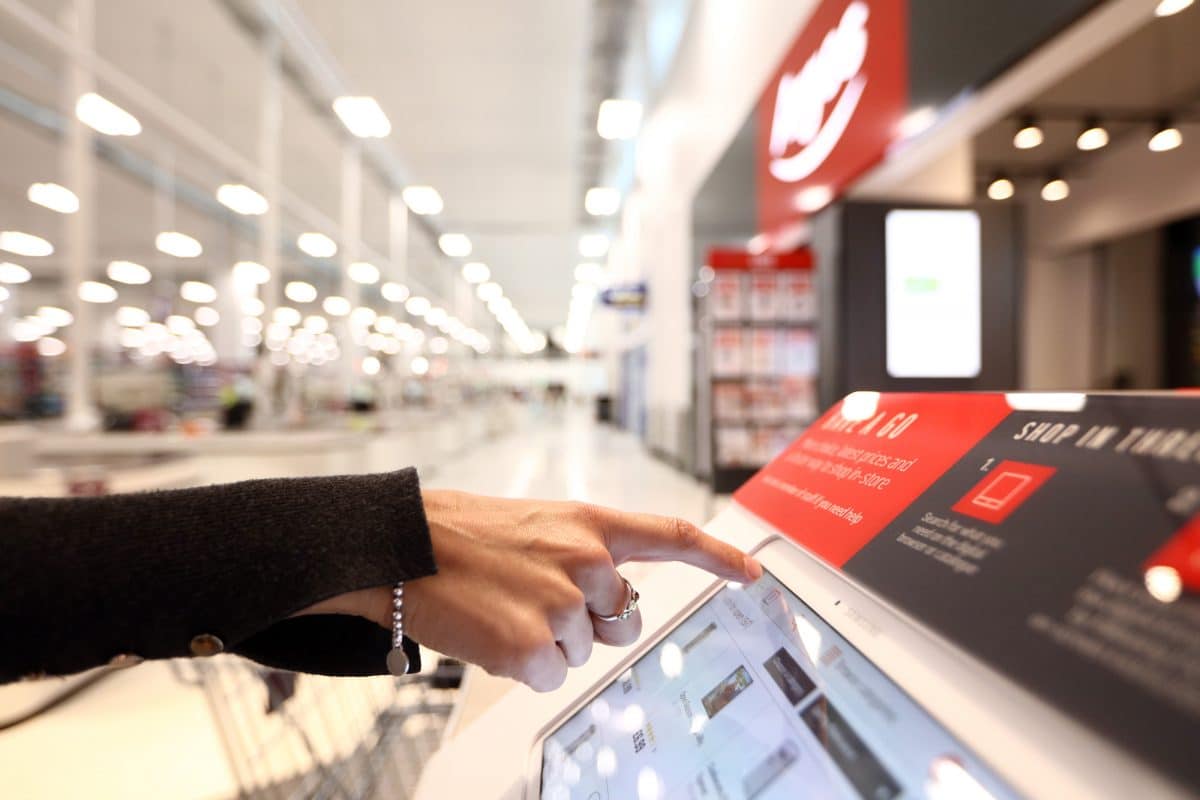
The financials are also looking strong. Despite the weak general merchandise market, Argos gained market share in its last financial year and sales improved throughout the year, culminating in a 9.3% increase over the key golden quarter.
The momentum has continued with a 5.1% sales rise in the first quarter of its current year.
Meanwhile, action Sainsbury’s has taken to transform Argos’ cost base, means the business is “considerably more profitable and more competitive than pre-pandemic”.
One of the ways Sainsbury’s has improved Argos’ profitability over the years is by closing the retailer’s standalone stores and replacing them with shop-in-shops in its supermarkets.

When Sainsbury’s bought Argos it had more than 700 stores, today it has just shy of 250. Indeed, over the past year it has closed 45 Argos branches and opened 25 within Sainsbury’s stores.
Leeser insists it now has “more points of presence” than ever before due to the collection points and shop-in-shops it has within supermarkets. When combined with Argos stores, it has 1,100 physical touchpoints, which he says makes the brand easier to access for shoppers.
There’s more to Argos
Leeser believes there is still much growth to go for and is determined to show customers that there is “more to Argos”.
“You’ll see us start to talk more about this and making sure customers appreciate the breadth of the products that we offer,” he says.
This involves promoting the major consumer brands that Leeser says customers don’t appreciate that Argos stocks. “The Apples, Samsungs, and Sonys of this world,” he explains.
It is also vying to extend the retailer’s product range.
“We’ll be doing a lot more to tell customers not only about the 60,000+ products we sell today, but what we’ll be bringing on in the months and years ahead,” adding that it will be “broadening out” its range to support this push.
Alongside this, Leeser also plans to further boost its online and delivery proposition as “ease of access and speed of convenience” are Argos’ key USPs.
He mentions just a couple of initiatives it has worked on of late to improve its online experience, including adding ‘email when back in stock functionality’ to notify customers when an out-of-stock product is available to purchase again.
This has proved particularly popular on air-fryers, which Argos has sold 2,000 items a day of over the last 12 months.
It has also added a feature to its website that helps shoppers identify the most cost-efficient appliances, a vital tool for shoppers grappling with rising energy bills.
On the fulfilment side of things, Sainsbury’s is investing £90m in automation in its Daventry warehouse to help bolster Argos’ industry-leading delivery proposition.
“We think we can improve the speed at which we pick and distribute products around the UK,” says Leeser.
As the business hits the 50 year milestone, it is clear that Leeser has no intention of resting on his laurels and insists that Argos will continue to be a retail pioneer.
“We’re excited about the future. When you look at the recent results, the formula of Sainsbury’s and Argos together has certainly paid dividends and customers are continuing to vote with their feet and their clicks in shopping with us. We’re very keen to keep that momentum going.”
Click here to sign up to Retail Gazette‘s free daily email newsletter

